Slopes, drains, driveways...oh my
eaton72
12 years ago
Featured Answer
Sort by:Oldest
Comments (16)
inkognito
12 years agolast modified: 9 years agoRelated Professionals
Concord Landscape Contractors · Berkeley Heights Landscape Contractors · Cordele Landscape Contractors · Deer Park Landscape Contractors · Homewood Landscape Contractors · Marlborough Landscape Contractors · Snoqualmie Landscape Contractors · Franconia Decks, Patios & Outdoor Enclosures · Fredericksburg Decks, Patios & Outdoor Enclosures · Jeffersonville Decks, Patios & Outdoor Enclosures · Spokane Decks, Patios & Outdoor Enclosures · West Bend Decks, Patios & Outdoor Enclosures · Scotts Valley Decks, Patios & Outdoor Enclosures · Drexel Hill Swimming Pool Builders · Goodlettsville Swimming Pool Builderskarinl
12 years agolast modified: 9 years agoeaton72
12 years agolast modified: 9 years agopinusresinosa
12 years agolast modified: 9 years agokarinl
12 years agolast modified: 9 years agopls8xx
12 years agolast modified: 9 years agofrankielynnsie
12 years agolast modified: 9 years agoeaton72
12 years agolast modified: 9 years agoadriennemb2
12 years agolast modified: 9 years agokarinl
12 years agolast modified: 9 years agopls8xx
12 years agolast modified: 9 years agorosiew
12 years agolast modified: 9 years agocyn427 (z. 7, N. VA)
12 years agolast modified: 9 years agocyn427 (z. 7, N. VA)
12 years agolast modified: 9 years agoYardviser
12 years agolast modified: 9 years ago
Related Stories

MOST POPULAR15 Remodeling ‘Uh-Oh’ Moments to Learn From
The road to successful design is paved with disaster stories. What’s yours?
Full Story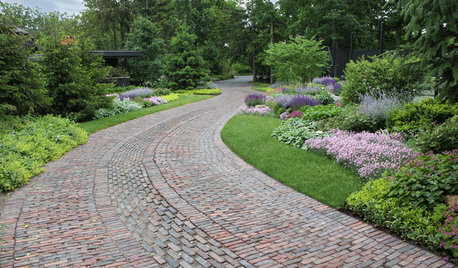
LANDSCAPE DESIGN6 Driveway Looks Take Landscapes Along for the Ride
See how to design a front yard that makes your driveway its own destination
Full Story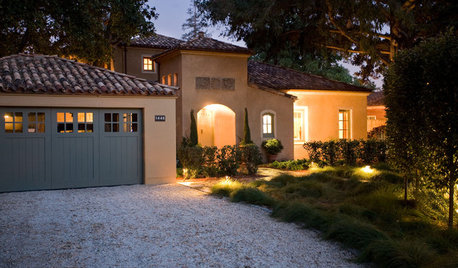
REMODELING GUIDESGravel Driveways: Crunching the Pros and Cons
If you want to play rough with your driveway, put away the pavers and choose the rocky road
Full Story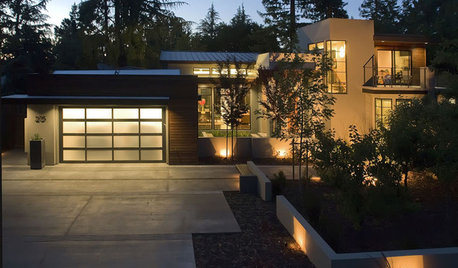
REMODELING GUIDESConcrete Driveways: Poring Over the Pros and Cons
Concrete adds smooth polish to driveways and a sleek look to home exteriors, but here are the points to ponder before you re-surface
Full Story
GREAT HOME PROJECTSHow to Give Your Driveway and Front Walk More Curb Appeal
Prevent injuries and tire damage while making a great first impression by replacing or repairing front paths
Full Story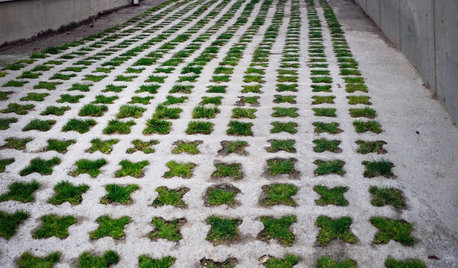
EARTH DAYHow to Build a Greener Driveway
Install a permeable driveway to keep pollutants out of water sources and groundwater levels balanced
Full Story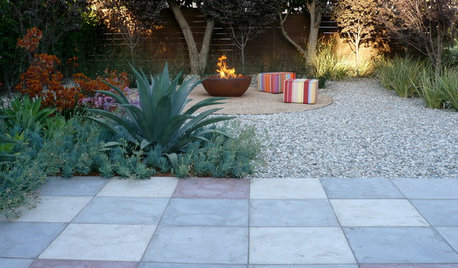
MATERIALSPrecast Concrete Pavers Make a Versatile Surface in the Garden
You can use concrete pavers in a variety of shapes and colors for your patio, walkway, driveway and more
Full Story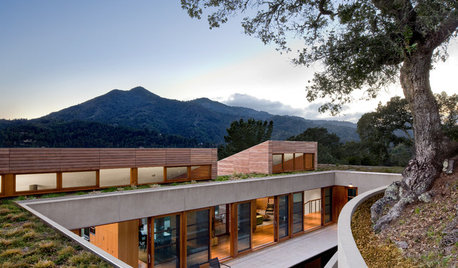
MODERN ARCHITECTUREVisit a California Hillside House Rooted in Nature
Walls of windows open to stunning mountain and bay views on one side and a serene pool courtyard on the other
Full Story
ARCHITECTUREHow to Artfully Build a House on a Hillside
Let your site's slope inspire your home's design, rather than fight it
Full Story
LAUNDRY ROOMSSoak Up Ideas From 3 Smart Laundry Rooms
We look at the designers’ secrets, ‘uh-oh’ moments and nitty-gritty details of 3 great laundry rooms uploaded to Houzz this week
Full StorySponsored
Columbus Area's Luxury Design Build Firm | 17x Best of Houzz Winner!
More Discussions






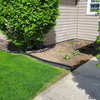
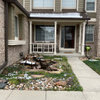
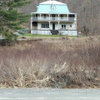
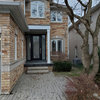

eaton72Original Author